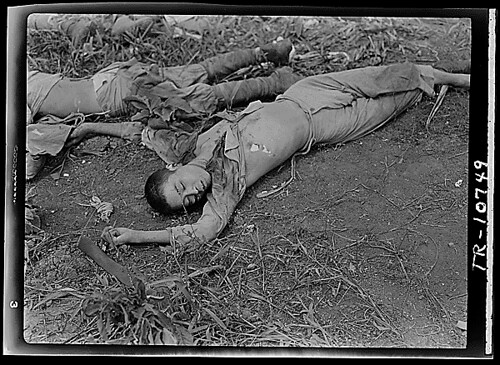
 Australia at war
Photos: Treasures from the Sydney Morning Herald photo archives.
Australia at war
Photos: Treasures from the Sydney Morning Herald photo archives.

Australian soldiers
at Battle of Milne Bay.
"Yeah, we done some things we can't talk about to nobody, things we can never forget...." Many Australian soldiers were not brutal to the captured enemy, just as some Nazis did not mistreat Jews, and some dogs won't chase cats.

Would Australian soldiers abuse prisoners?"(too bloody right mate. We didn't waste a bullet. Just a bayonet through their yellow guts!)" Japanese troops mistreated prisoners, but Australian troops had a reputation
for not taking any - they just shot them...................... Famous aviator Lindbergh, an observer with the Allied forces in New Guinea, recorded that most prisoners were never turned in by the Australians and that Australian troops often threw Japanese out of airplanes and then reported that they had committed suicide. Official documents contain no mention of the "take no prisoners rule".
Rebecca Barrigos
In the wake of the Abu Ghraib scandal, the government and the Australian army hastened to create the impression that not only did Australians not take part in the torture of Iraqi prisoners, but that they would not - ever - do such things.
However, Australia's military history is strewn with examples of mistreatment of the "enemy", often amounting to war crimes.
There have been repeated reports of abuse of prisoners and crimes by ADF troops in East Timor, including the summary execution of one prisoner, sexual harassment of Timorese women, and interrogation sessions in wasp-infested toilets that ended with prisoners having their heads pushed down excrement-filled toilet bowls.
A former ADF soldier told a recent SBS Insight program how Australian troops abused Somali prisoners in 1993. He described intelligence interrogators shoving rifle barrels into the mouths of detained suspects and stated that he had routinely "hog-tied" Somalis, and had witnessed Somalis being detained in barbed wire cages.
The ex-soldier maintained that his training had led him to believe that these procedures were a "normal occurrence".
International law stipulates that "following orders" is no defence against charges of committing atrocities. But military training is precisely designed to make soldiers obey orders immediately and uncritically.
One former soldier, Darren Appleby, told Insight that prisoner abuse by ADF troops was linked to the techniques used during training. He gave the example of a session on "prisoner capture" at the Townsville barracks where trainee soldiers were told that they should just kill prisoners resisting arrest.
The hospitalisation of trainee soldiers for mental breakdowns and several cases of suicide highlight the harshness of military training. In one case, an Aboriginal recruit in Townsville committed suicide after an instructor had continually taunted him about government "handouts" for Aborigines.
There are countless examples of brutalities committed by senior officers against army cadets. Indeed, military training is necessarily harsh because recruits have to be desensitised so that they can kill. During training soldiers shoot at human-shaped targets so that they can associate people with targets in combat.
During the Boer War of 1899-1902, the Australian colonies despatched over 16,000 men to South Africa in the service of the British Empire. The most famous of them is "Breaker" Morant, who became a lieutenant in the Bushveldt Carbineers (BVC) which was formed to fight the Boers with their own guerrilla tactics. In 1901, Morant and two other lieutenants executed eleven Boer prisoners and later shot a German missionary to prevent him reporting the killings.
In the subsequent court martial, Morant tried to justify his actions on the grounds that British commander Lord Kitchener had instructed the BVC to take no prisoners. It didn't work: Morant was convicted and sentenced to death by firing squad.
A later admission by Kitchener proved that Morant and his fellow officers had acted on orders from the highest link in the chain of command. The trial was an orchestrated political stunt to mollify the Germans over the killing of the German missionary and to keep them out of the war.
Morant and his cronies were scapegoats for the British Empire.
The story bears a striking parallel to the case of the low-ranking officers in Iraq's Abu Ghraib prison who have become scapegoats for top ranking military officials and the Bush administration.
Australia's war in the Pacific during World War II is depicted as a struggle for civilisation against "Japanese militarism and barbarity", backed up by stories of the brutal treatment of prisoners in Japanese POW camps.
Less well documented are the crimes of the Allies. Japanese troops may have mistreated prisoners, but Australian troops had a reputation for not taking any - they just shot them.
The famous aviator Lindbergh, an observer with the Allied forces in New Guinea, recorded that most prisoners were never turned in by the Australians and that Australian troops often threw Japanese out of airplanes and then reported that they had committed suicide. Official documents contain no mention of the "take no prisoners rule".
As in all wars, the active promotion by the government and the military of racist attitudes towards the enemy among both soldiers and the Australian population created the context in which such atrocities could take place.
Labor Prime Minister John Curtin proclaimed that his government intended to ensure that Australia remained an "outpost of the British [i.e. white] races". In 1942, the government escalated its racist propaganda with a two-week hate campaign of newspaper ads and radio broadcasts designed to incite racial hatred of the Japanese. ABC listeners were told that "Japs have been educated to hate you from infancy", and the newspapers declared "We've always despised them, NOW WE MUST SMASH THEM".
Australian troops are quite capable of committing atrocities at war because, like soldiers everywhere, they are trained and sanctioned to kill by their government.
Gang rapes and other sex atrocities were not infrequent."
[63] Some of the rape victims committed suicide.
[63] - "A former prostitute recalled that as soon as Australian troops arrived in Kure in early 1946, they 'dragged young women into their jeeps, took them to the mountain, and then raped them. I heard them screaming for help nearly every night'."[63][64] The Allied occupation forces suppressed news of its criminal activities, on September 10 1945 SCAP "issued press and pre-censorship codes outlawing the publication of all reports and statistics 'inimical to the objectives of the Occupation'."[63]
Allan Clifton, an Australian officer of the BCOF who acted as interpreter and criminal investigator wrote:
- "I stood beside a bed in hospital. On it lay a girl, unconscious, her long, black hair in wild tumult on the pillow. A doctor and two nurses were working to revive her. An hour before she had been raped by twenty soldiers. We found her where they had left her, on a piece of waste land. the hospital was in Hiroshima. the girl was Japanese. The soldiers were Australians.
- The Moaning and wailing had ceased and she was quiet now. The tortured tension on her face had slipped away, and the soft brown skin was smooth and unwrinkled, stained with tears like the face of a child that has cried herself to sleep.
As to Australian justice he writes regarding another rape that was witnessed by a party of cardplayers:
- "At the court martial that followed, the accused was found guilty and sentenced to ten years penal servitude. In accordance with army law the courts decision was forwarded to Australia for confirmation. Some time later the documents were returned marked 'Conviction quashed because of insufficient evidence'."[65]
The Pacific War
Among the staples of World War II mythology in Australia are stories of Japanese aggression and brutality. Tales of the horrendous treatment of prisoners-of-war and images of emaciated men on the Thai-Burma railway infuse our popular culture. Meanwhile, the equally brutal war crimes of the Allies never rate a mention. The US mass murder in Hiroshima and Nagasaki is seen as an exception in an otherwise unblemished record.
Yet the nuclear assaults were the culmination of years of Allied barbarism in the Pacific War, including the large-scale bombing of civilian populations. In one attack, over 300 aircraft devastated 40 square kilometres of Tokyo, sending perhaps 100,000 civilians to agonising, burning deaths. And the situation on the ground was no less brutal. According to a US war correspondent:
"We shot prisoners in cold blood, wiped out hospitals, strafed lifeboats, killed or mistreated enemy civilians, finished off the enemy wounded, tossed the dying into a hole with the dead, and in the Pacific boiled the flesh of enemy skulls to make table ornaments for sweethearts, or carved their bones into letter openers."
Nor did the savagery of the Allied side end with the nuclear attacks. On the contrary, five days after the bombing of Nagasaki, and four days after the Japanese government had made it clear that it intended to surrender, over 1,000 aircraft set Tokyo aflame in a horrific close to this barbaric chapter in human history.
Much of the brutality of the Pacific War seems pointless. The nuclear bombing came as the Japanese government was preparing to sue for peace: it wasn't aimed at taking Japan out of the war. But imperialist powers never have their eye on only one prize. Just as one rival is eliminated, another surfaces. As World War II transmuted into the Cold War, the USSR emerged as US capitalism's main competitor. So the nuclear attacks were not pointless brutalities directed towards an already defeated enemy, but a signal to the new enemy that Japan was "ours". By the logic of capitalism, such a message was important enough to justify nuclear slaughter.
The brutalities committed by Allied troops in the Pacific were underpinned by vast reserves of racism. In Australia, the Sydney Morning Herald pronounced, "We've always despised them, NOW WE MUST SMASH THEM":
The Japs have been educated to hate you from infancy. They have been preparing for a war like this since they were old enough to understand...
As Japan has sowed, so shall she reap, and her harvest shall be a harvest of hate. For we, prepared from birth in the ways of peace have been aroused to a cold fury...
The irony is that it was the Australian ruling class that had been stoking up frenzied anti-Japanese racism since the start of the century. It would be laughable if it wasn't so revolting.
This despicable racism tells us something about why it is so important to oppose the myth about World War II: it is a touchstone for racism and nationalism, implying that our rulers hold in common with us an interest in democracy and freedom. Every story about the "justness" of the Allied side's actions in World War II is an important foundation for convincing us that the wars they wage today must have some humanitarian basis, making it seem that much less likely that our governments could be the aggressors in a profit-driven war. So, despite widespread cynicism about the current war in Iraq, it is seen as the exception not the rule - the product of Bush and Howard's deluded foreign policy, rather than the latest in a long history of imperialist wars waged in the interests of the rich.
World War II: a war for democracy or imperialist slaughter? -






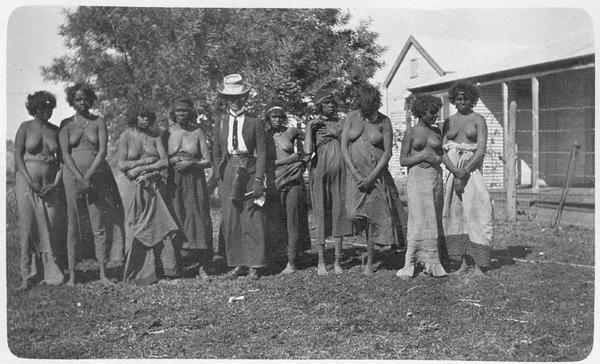






+copy.jpg)










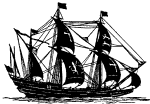





















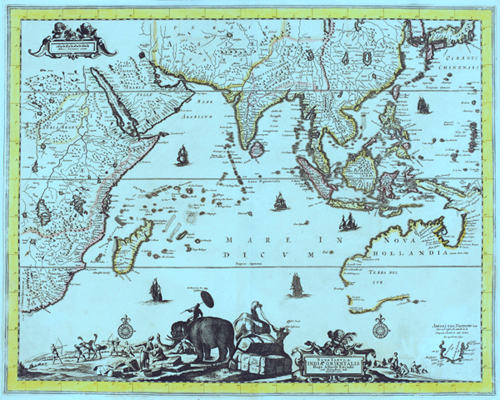





















.jpg)
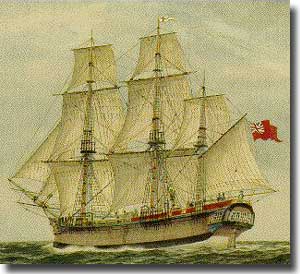

























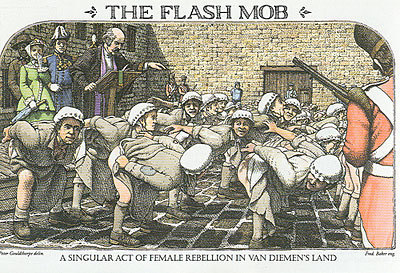
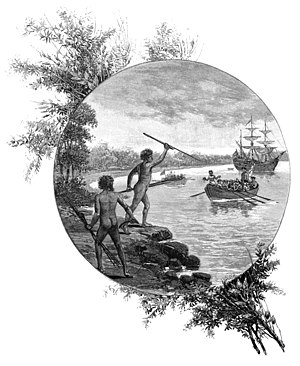 G
G







.jpg)
















No comments:
Post a Comment